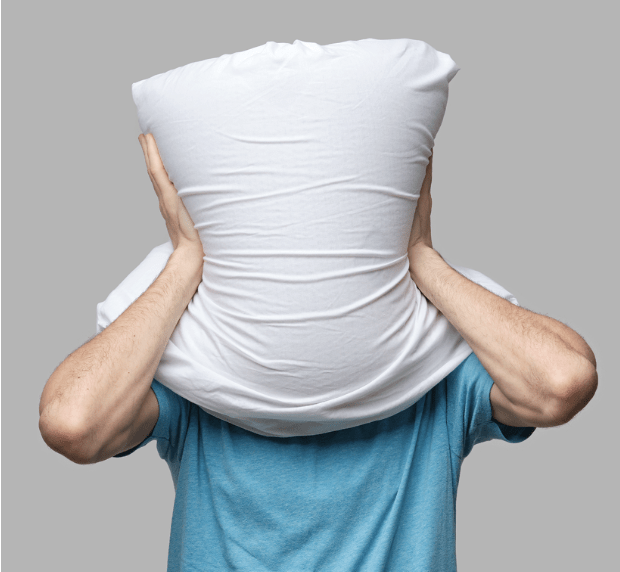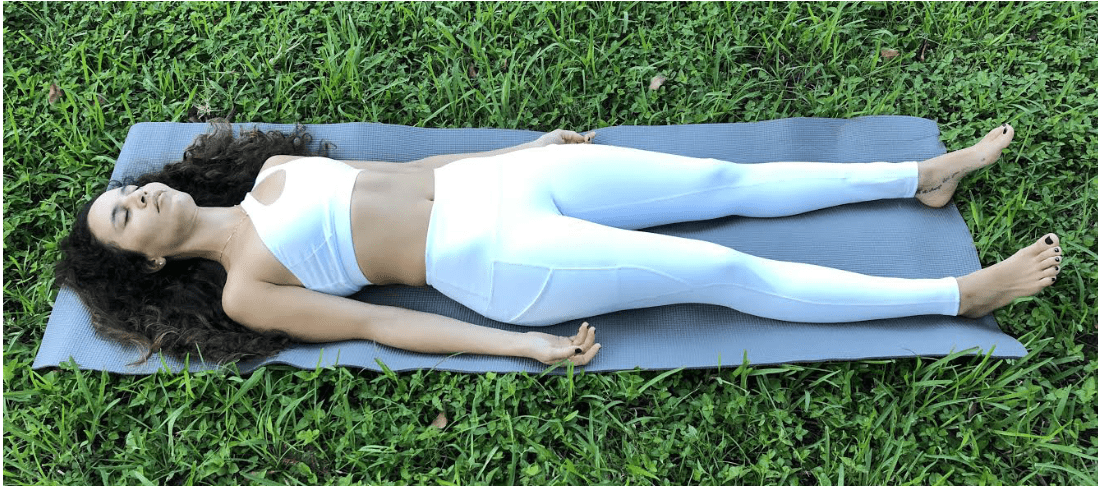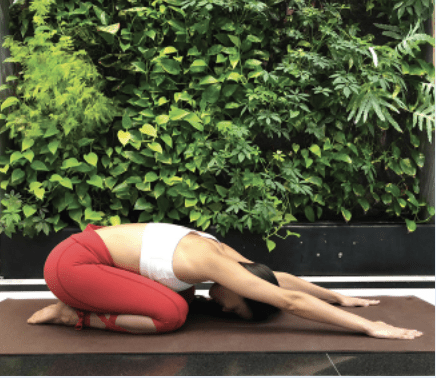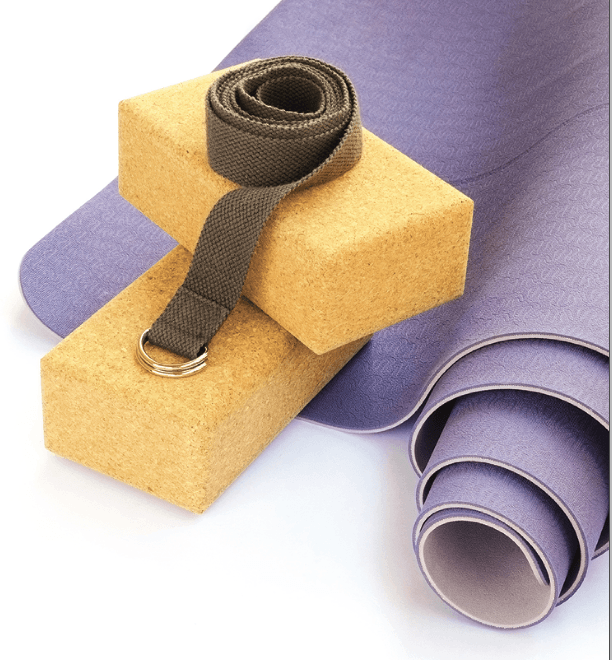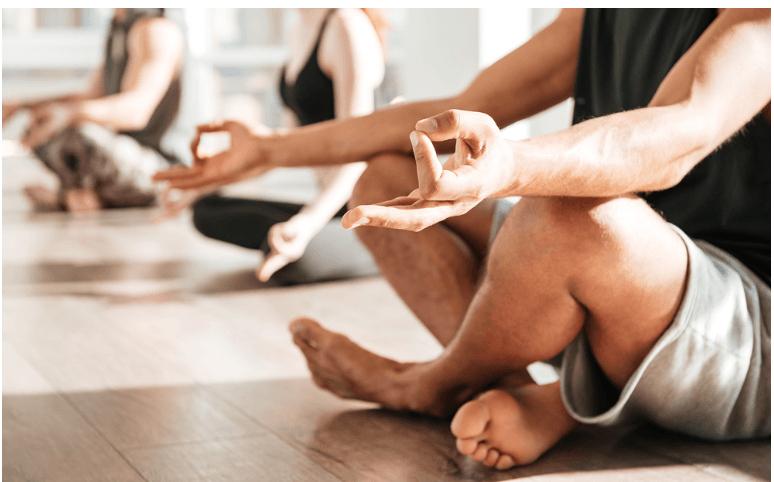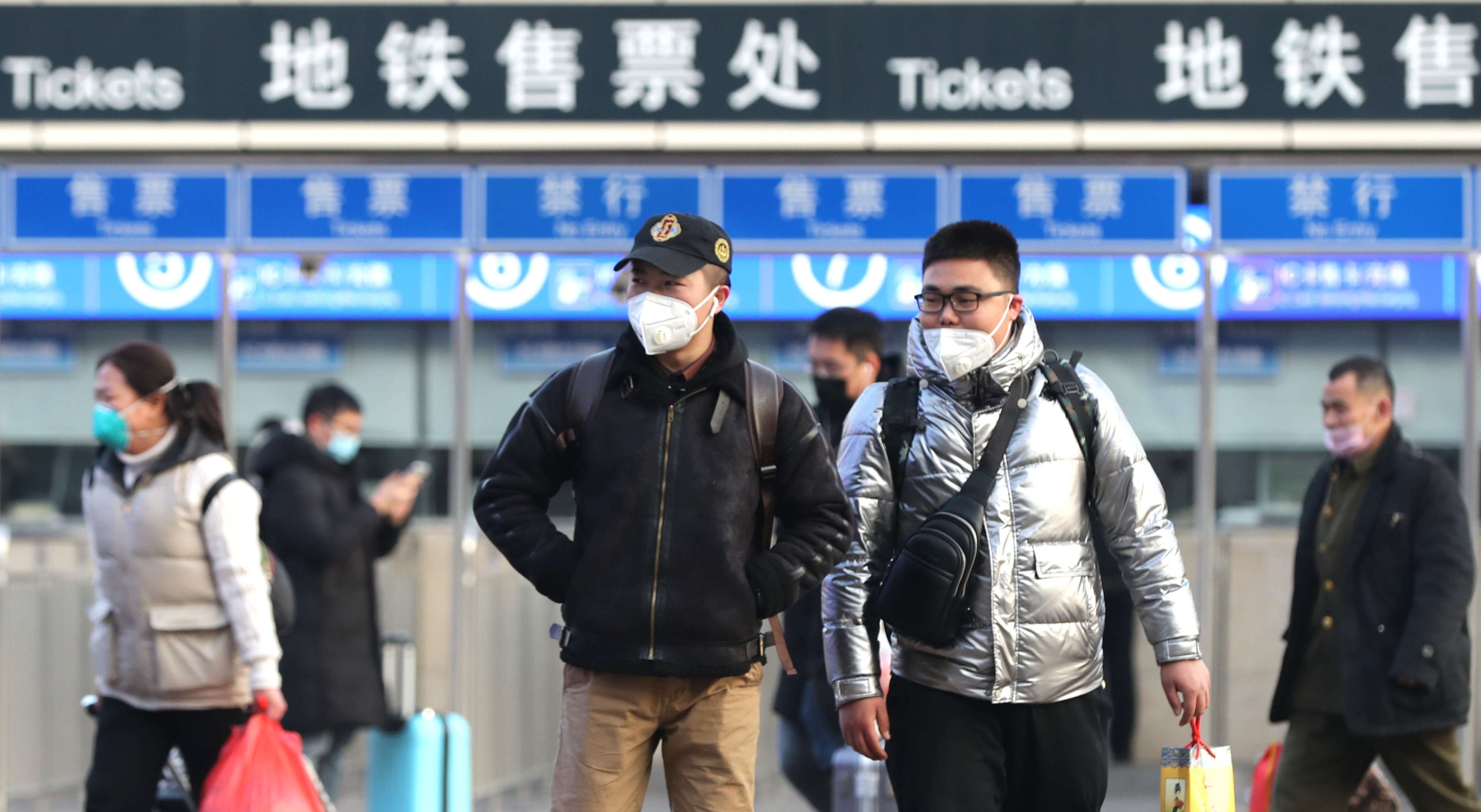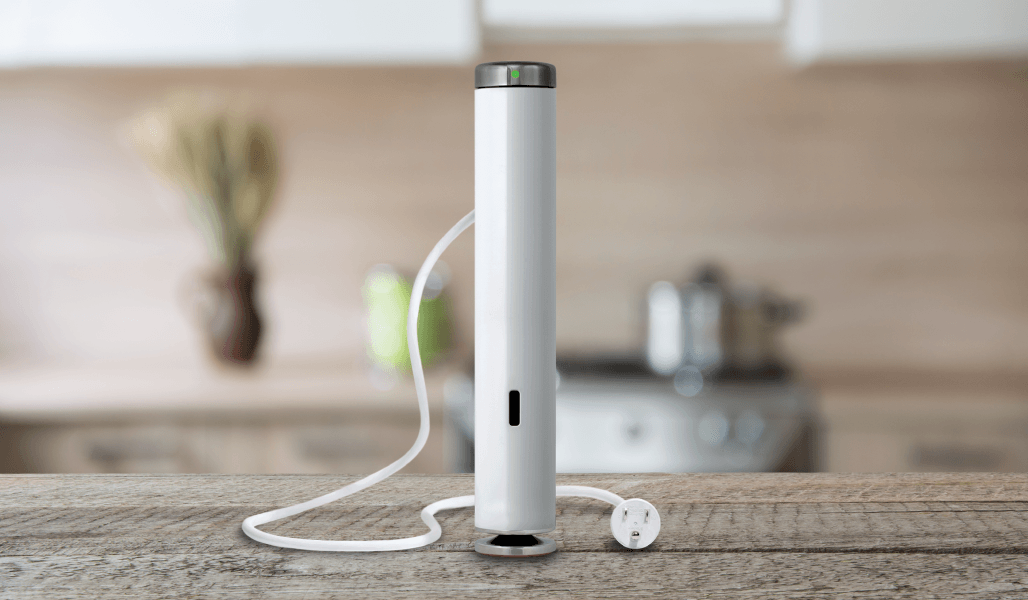Breathe Right
The proper breathing technique can calm the mind, relax the body improve decision-making
The coronavirus turmoil isn’t conducive to staying mentally present, and the body responds negatively to the resulting stress, triggering the “fight-or-flight” response. It produces shock waves of epinephrine and other hormones that stimulate the production of inflammation through the system. Fight-or-flight reduces the blood flow to the brain, immune system and digestive tract. Then it revs up blood flow into the limbs and skin.
Now that’s great when there’s a need to lift a car to rescue a baby. But the response isn’t great if it’s caused by pandemics or market fluctuations. Even a mild fight-or-flight response might prevent keeping a level mind and thus interfere with making the right choices in important situations. In addition, a stress-induced state also weakens the body in the fight against the seasonal cold or flu, not to mention the dreaded coronavirus.
What if a yogic technique could help a practitioner call the shots with the fight-or-flight response? What if, over time, that same technique helped one become calmer and more connected with the internal self and thus able to choose responses as opposed to simply reacting.
In yoga, a technique called Ujjayi breathing, pronounced “Oo-jah-ee,” does all of that and more. To practice the technique, breath slowly and deeply, slightly contracting the throat. It makes the breath sound like the ocean. Readers who have taken a yoga class may recognize Ujjayi breathing. It’s one of the key components of producing the feeling of calm that results from a yoga class.
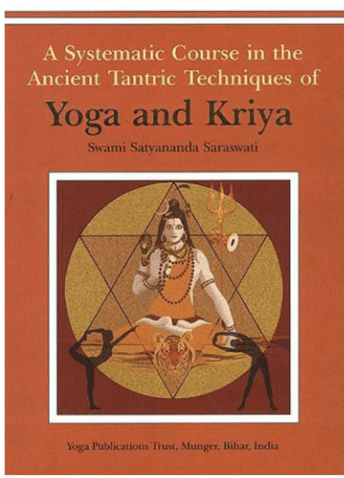
Here’s how it works. In the neck, just below the jaw, two small organs called the carotid sinuses are situated on either side of the main artery that supplies blood to the brain. The carotid sinuses are baroreceptors that detect any rise or fall in blood pressure. Then they signal the brain to rectify the situation. Ujjayi breathing applies a slight pressure to those sinuses in the neck, causing them to signal the brain that high blood pressure has been detected. The body responds by regulating the heartbeat and returning the blood pressure to normal. It’s a pretty cool tool for keeping calm in hot situations.
To perform Ujjayi breathing, stand or sit up tall with good posture. Close the mouth and breathe in and out only through the nose. Start to slow down and elongate the breath. Practice that for one or two breath cycles. Draw the breath lower into the chest cavity. Now that the breathing is calm, allow it to make a slight Darth Vader sound in the back of the throat. But remember to keep the mouth closed. When inhalations and exhalations have a consistent low bass sound, like an air mattress deflating, that’s successful Ujjayi breathing.
When should someone do these exercises and how often? Traditionally, they’re conducted in the morning. To get started, review the technique videos (click here to learn how to breathe better). Then tomorrow, upon awakening, sit up in bed and take 10 deep breaths with the Ujjayi technique. Observe the feeling of the practice. Notice any benefits that arise. Feel calmed, centered and ready to start the day.
And know that it’s just the beginning. Yoga offers many different pranayama breathing techniques that can have a vast array of benefits. In this system the ancient Rishis—as accomplished and enlightened practitioners were known—developed and shared techniques for optimal health and energetic connection. What’s usually seen in the West is only a small part of what yoga can offer.
Lissette Caballero teaches pilates, yoga and breathwork in Miami. @yogitraveladdict
